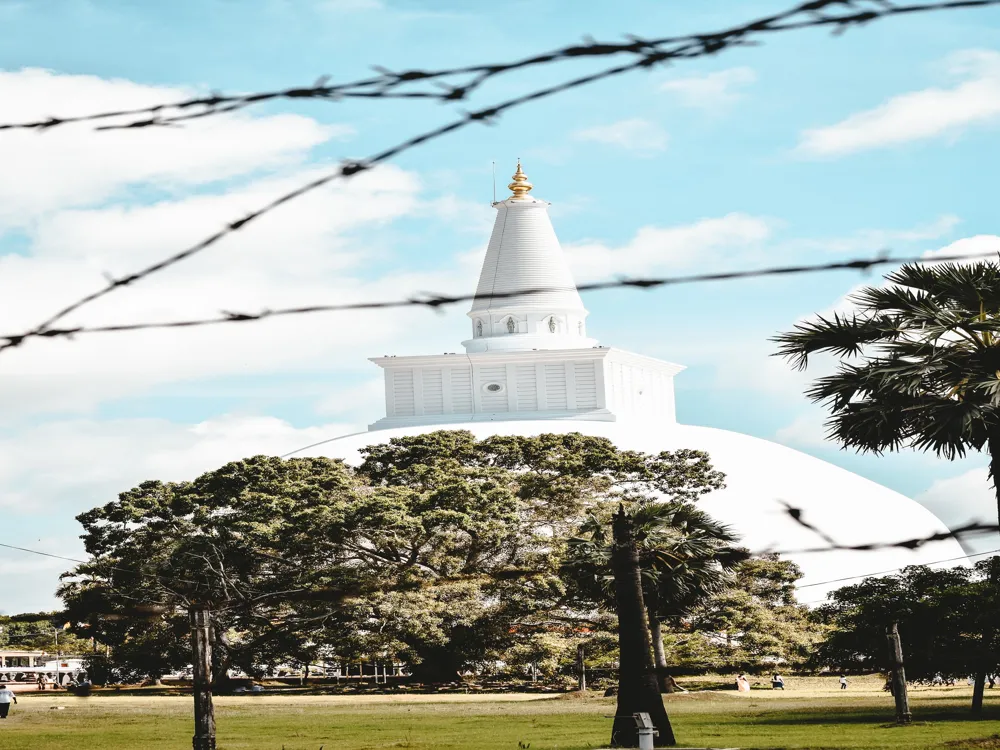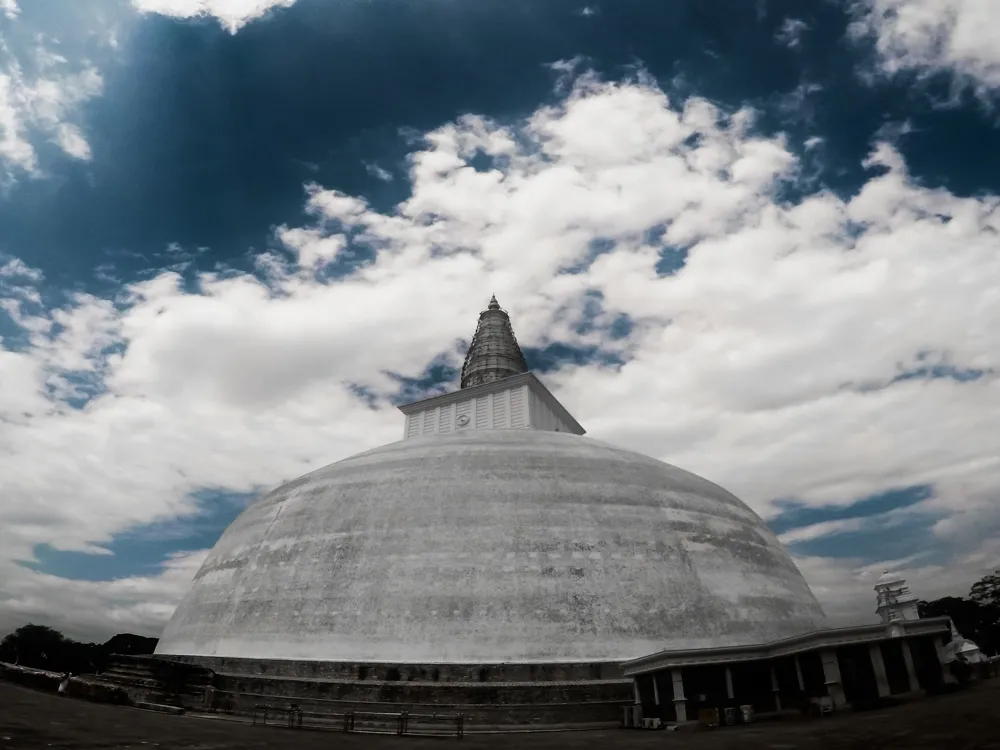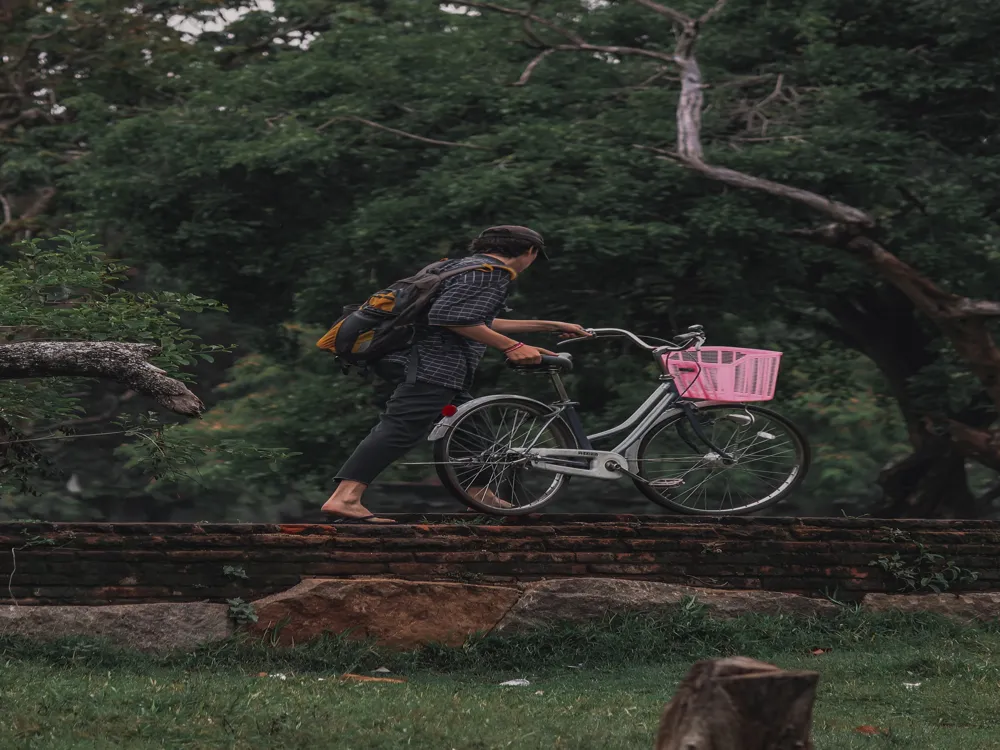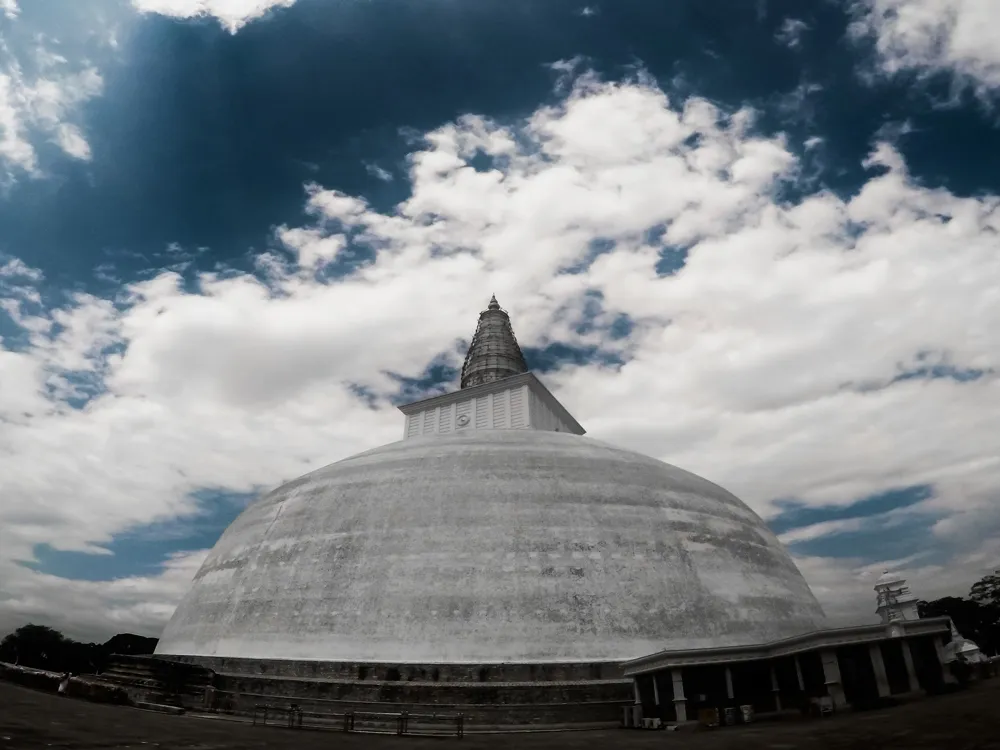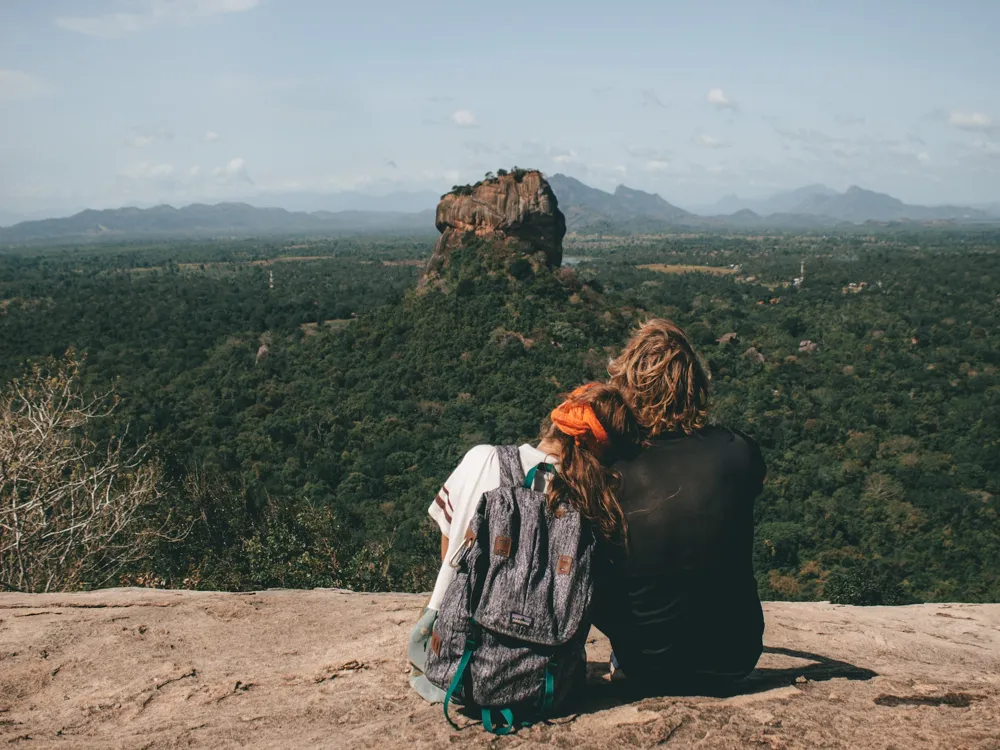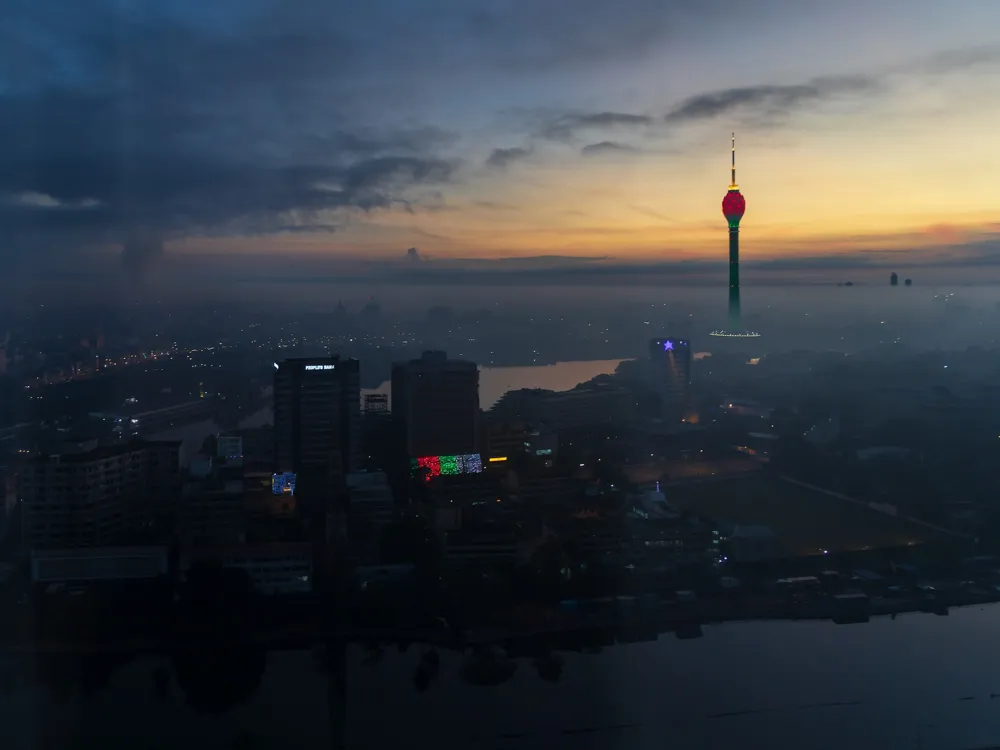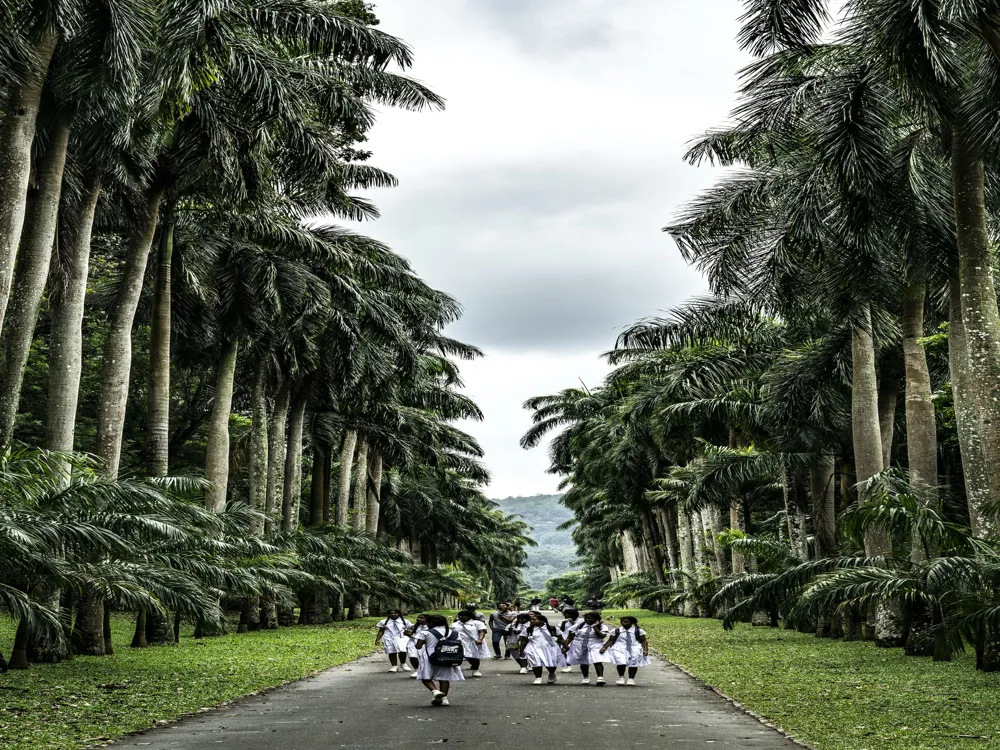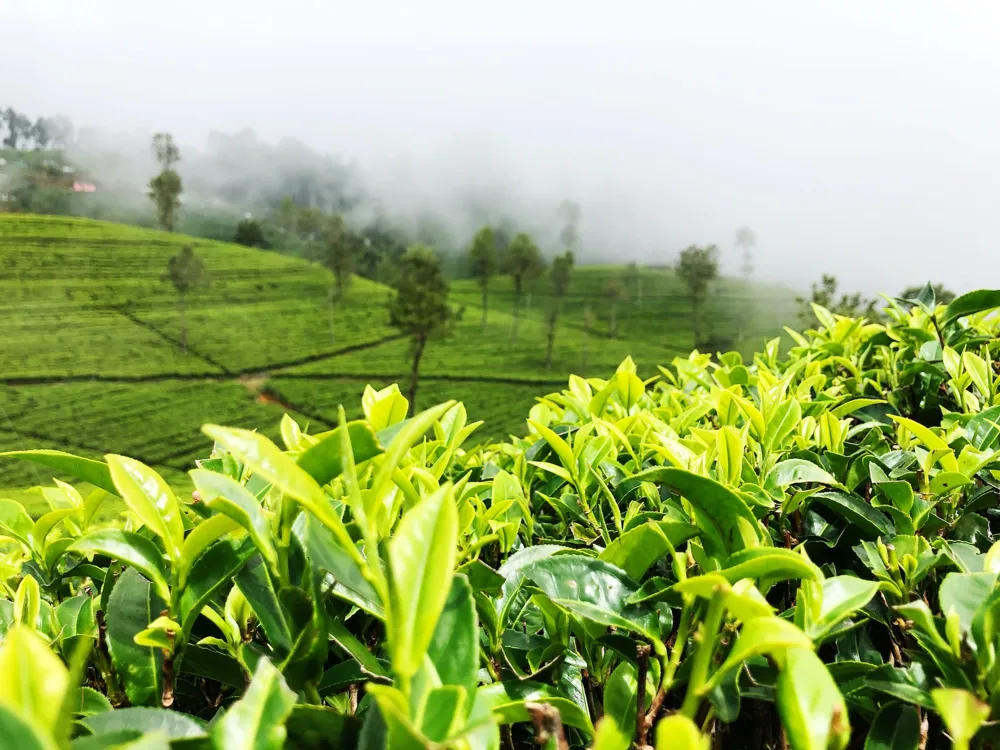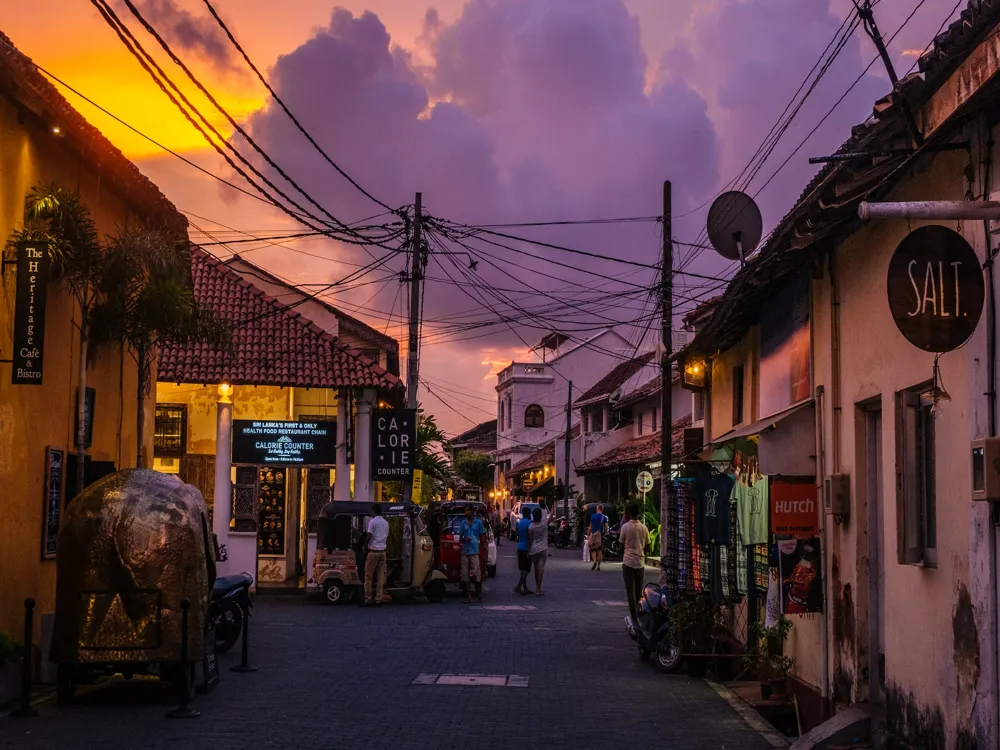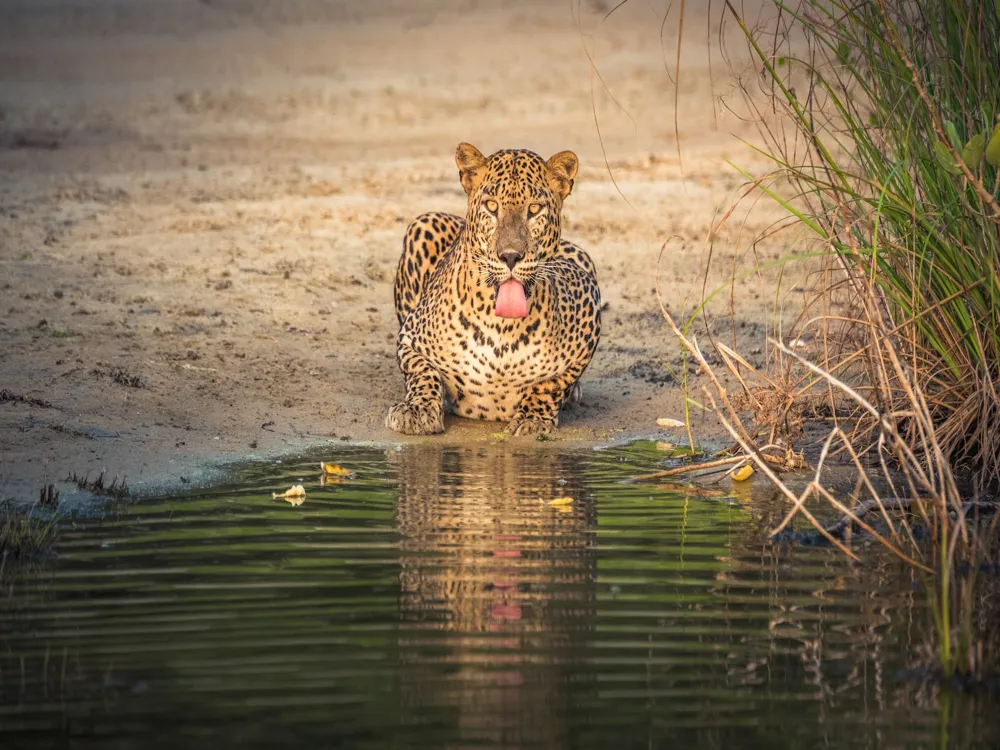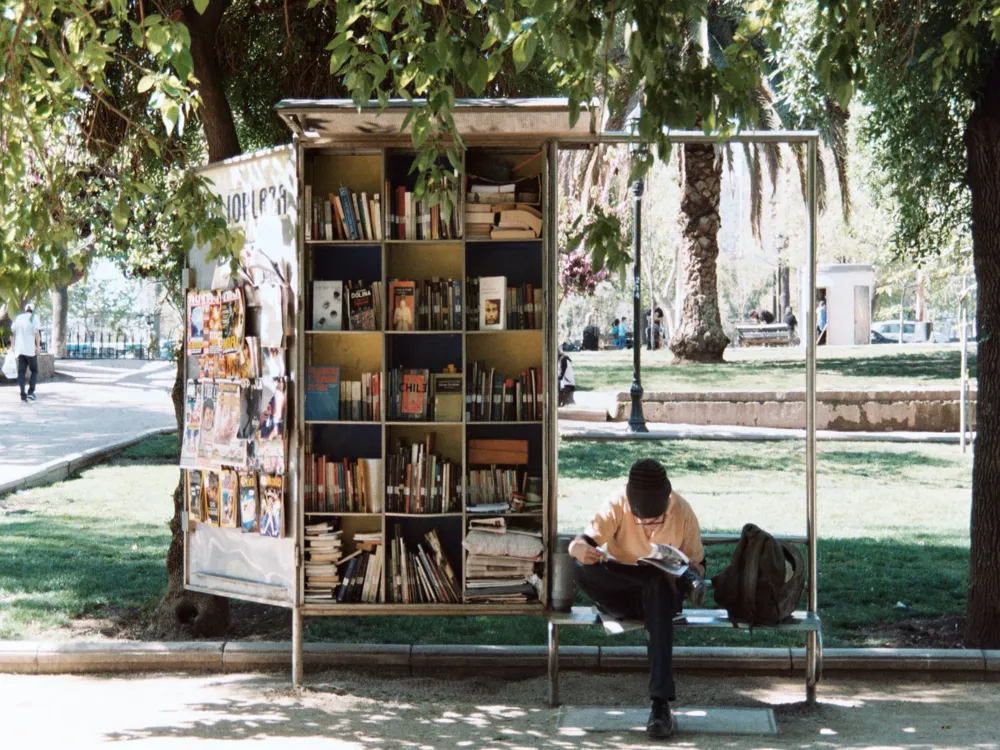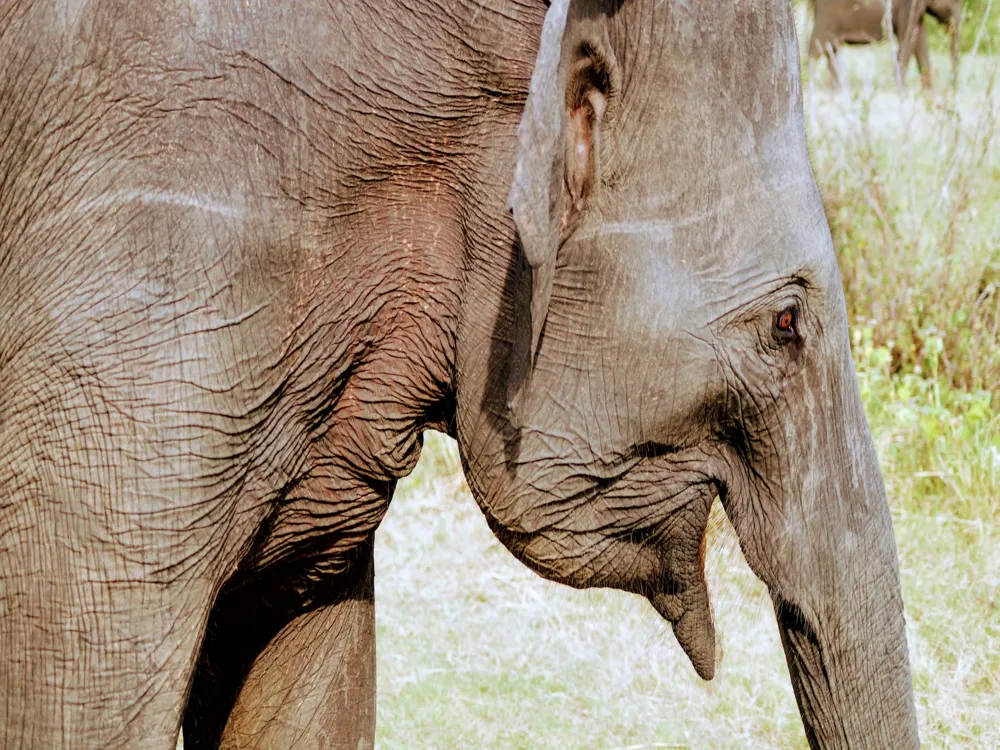Jetavanaramaya Monastery, a beacon of historical and religious significance, stands majestically in Anuradhapura, Sri Lanka. This ancient structure, built in the 3rd century by King Mahasena, is not just a testament to the rich history of Sri Lanka but also an embodiment of the spiritual devotion and architectural prowess of its people. Once the world's tallest stupa and still one of the tallest structures made entirely from bricks, Jetavanaramaya is a symbol of the Theravada Buddhist tradition. This site, now a popular destination for both pilgrims and tourists, offers a profound glimpse into the past, showcasing the grandeur of a bygone era. The history of Jetavanaramaya is closely intertwined with the reign of King Mahasena and the propagation of Buddhism in Sri Lanka. The monastery served as a center of learning and spiritual practice for monks. Over the years, it has witnessed numerous renovations and restorations, each adding layers to its historical and architectural complexity. The stupa's significance extends beyond its religious implications, as it also represents the technological and cultural advancements of ancient Sri Lanka. Its preservation and archaeological significance make it a UNESCO World Heritage Site, attracting scholars and enthusiasts worldwide. The architectural marvel of Jetavanaramaya is a testament to the ingenuity and skill of ancient Sri Lankan builders. Originally standing at 400 feet tall, the stupa was an awe-inspiring sight, holding the title of the world's tallest brick structure. The design and construction techniques employed were far ahead of their time, showcasing a mastery of engineering and a deep understanding of materials and structural integrity. The stupa is built on a square base, adorned with finely carved stone reliefs that depict various aspects of Buddhist teachings and Sri Lankan history. The dome, or 'anda,' is made of millions of burnt bricks, and the harmonious proportions of the dome to the spire illustrate the sophistication of ancient Sri Lankan architecture. The spire, or 'kotha,' was a significant feature, crowned with a crystal pinnacle that symbolized the Buddha's enlightenment. The entire structure was covered in a bright white lime plaster, giving it a luminous appearance that could be seen from miles away. The monastery complex surrounding the stupa included a vast array of residential quarters, meditation halls, and educational facilities for monks. These buildings were constructed using similar architectural styles and materials, creating a cohesive and harmonious aesthetic. The intricate carvings and sculptures found throughout the complex demonstrate the artistic talents of the craftsmen and the rich cultural tapestry of the period. Visitors should dress modestly, covering shoulders and legs, as a sign of respect to this sacred site. It's best to avoid loud colors and flashy accessories. Be mindful of local customs, such as removing shoes before entering certain areas and not turning your back to the stupa while taking photographs. The climate can be hot and humid, so bring water, sunscreen, and hats to protect against the sun, especially during long walks around the monastery complex. Consider hiring a local guide for an in-depth understanding of the monastery's history and architecture. Guides can offer insights that are not available in guidebooks. Jetavanaramaya Monastery is located in the ancient city of Anuradhapura, a major city in the North Central Province of Sri Lanka. The city is well-connected by road and rail, making it accessible from various parts of the country. Visitors can opt for buses, trains, or private vehicles to reach Anuradhapura. From the city center, local transportation like tuk-tuks or taxis can take you directly to the monastery. The journey offers a scenic view of the Sri Lankan countryside and is an experience in itself. Read More:Overview of Jetavanaramaya Monastery of Anuradhapura
Architecture of Jetavanaramaya Monastery
Tips When Visiting Jetavanaramaya Monastery
Dress Appropriately
Respect the Cultural and Religious Practices
Hydration and Sun Protection
Hire a Local Guide
How To Reach Jetavanaramaya Monastery
Jetavanaramaya Monastery
Anuradhapura
₹ 21,999 onwards
View anuradhapura Packages
Anuradhapura Travel Packages
View All Packages For Anuradhapura
Top Hotel Collections for Anuradhapura

Private Pool

Luxury Hotels

5-Star Hotels

Pet Friendly
Top Hotels Near Anuradhapura
Other Top Ranking Places In Anuradhapura
View All Places To Visit In anuradhapura
Faq on Anuradhapura
What is Jetavanaramaya Monastery Anuradhapura?
Jetavanaramaya Monastery in Anuradhapura is a historic Buddhist monastery built during the reign of King Mahasena in the 3rd century AD. It is one of the largest stupas in Sri Lanka and a significant pilgrimage site for Buddhists.
What is the significance of Jetavanaramaya Monastery Anuradhapura?
Jetavanaramaya Monastery holds great religious and historical significance. It was built to enshrine relics of the Buddha and served as an important center for Buddhist learning and practice in ancient Sri Lanka.
How tall is Jetavanaramaya Monastery Anuradhapura?
The original height of Jetavanaramaya Monastery is estimated to have been around 122 meters (400 feet), making it one of the tallest ancient structures in the world at the time of its construction.
What is the architectural style of Jetavanaramaya Monastery Anuradhapura?
The architectural style of Jetavanaramaya Monastery is typical of ancient Sinhalese stupas, characterized by a hemispherical dome atop a square base, adorned with intricate carvings and decorations.
Is Jetavanaramaya Monastery Anuradhapura open to visitors?
Yes, Jetavanaramaya Monastery is open to visitors. Tourists and pilgrims can explore the grounds, admire the ancient architecture, and pay homage to the sacred site.
View anuradhapura Packages
Anuradhapura Travel Packages
View All Packages For Anuradhapura
Top Hotel Collections for Anuradhapura

Private Pool

Luxury Hotels

5-Star Hotels

Pet Friendly
Top Hotels Near Anuradhapura
Other Top Ranking Places In Anuradhapura
Faq on Anuradhapura
What is Jetavanaramaya Monastery Anuradhapura?
Jetavanaramaya Monastery in Anuradhapura is a historic Buddhist monastery built during the reign of King Mahasena in the 3rd century AD. It is one of the largest stupas in Sri Lanka and a significant pilgrimage site for Buddhists.
What is the significance of Jetavanaramaya Monastery Anuradhapura?
Jetavanaramaya Monastery holds great religious and historical significance. It was built to enshrine relics of the Buddha and served as an important center for Buddhist learning and practice in ancient Sri Lanka.
How tall is Jetavanaramaya Monastery Anuradhapura?
The original height of Jetavanaramaya Monastery is estimated to have been around 122 meters (400 feet), making it one of the tallest ancient structures in the world at the time of its construction.
What is the architectural style of Jetavanaramaya Monastery Anuradhapura?
The architectural style of Jetavanaramaya Monastery is typical of ancient Sinhalese stupas, characterized by a hemispherical dome atop a square base, adorned with intricate carvings and decorations.
Is Jetavanaramaya Monastery Anuradhapura open to visitors?
Yes, Jetavanaramaya Monastery is open to visitors. Tourists and pilgrims can explore the grounds, admire the ancient architecture, and pay homage to the sacred site.







